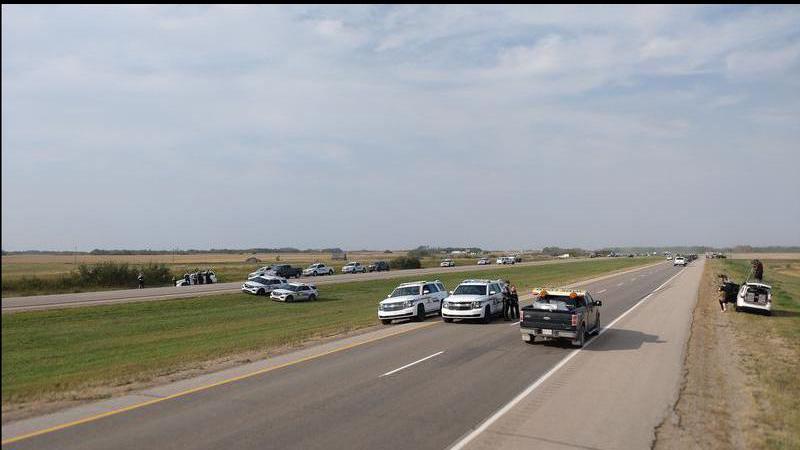
RCMP cleared of wrongdoing in Myles Sanderson overdose death
Evidence heard at the second day of the coroner’s inquest into the death of Myles Sanderson showed the man who killed 11 people and injured 17 others likely died by his own hand.
Video evidence taken from RCMP dash cams and body cameras shows Sanderson being pulled from a stolen Chevrolet Avalanche, being placed under arrest and then telling officers he ingested meth.
The purpose of the inquest into Sanderson’s death is not to determine fault but the facts on the manner and cause of the person’s death, in this case, in police custody. A jury will then classify the death and provide recommendations on how to prevent future deaths in similar circumstances.
Detective Sgt. Ken Kane of the Saskatoon Police Service (SPS) testified on day two of the inquest. The police service took carriage of the investigation due to Sanderson being in RCMP custody when he died.


